Technological History
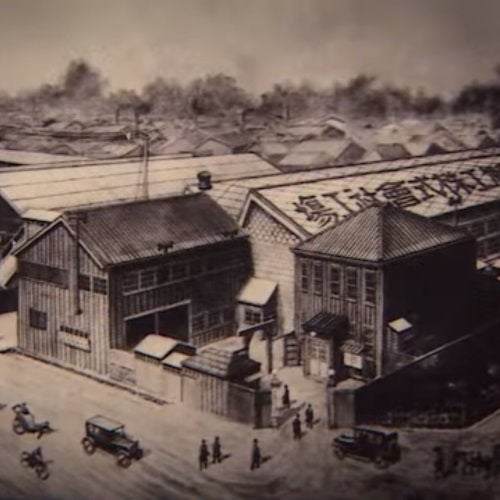
Introductory Period
1916
- NSK establishment in Tokyo as Japan’s first ball bearing manufacturer
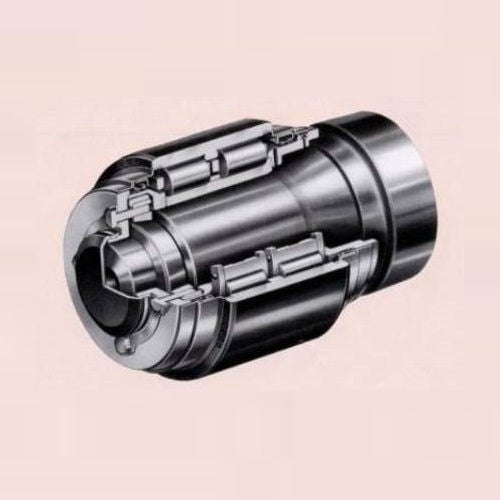
Deployment Period
1940 – 1969
Foundation of R&D department in Japan
Establishment of first European sales office (Düsseldorf, Germany)
Establishment of engineering research laboratory
Launch of needle roller bearings production as well as of automatic transmissions
Development of first NSK wheelset bearings for bullet trains
Entered steering column market
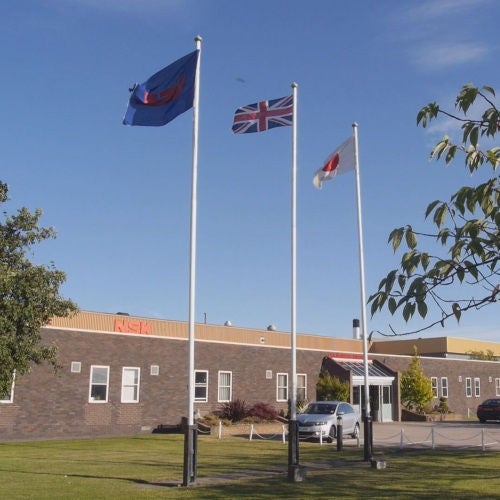
Growth Period
1970 - 1979
Opening of a production plant in Peterlee (UK)
Development of NSK’s first original bearing grease (NS7)
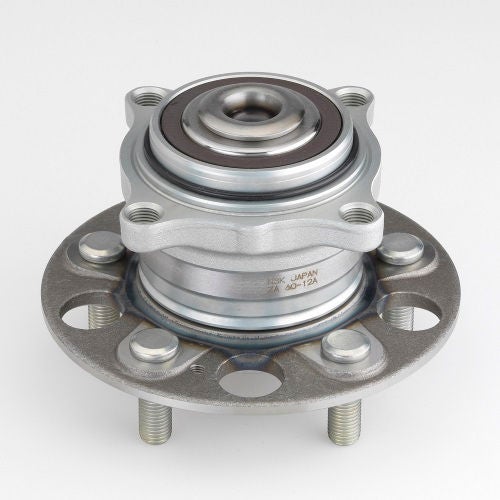
1980 – 1989
Introduction of HUB III
Enters the electronic power steering (EPS) market
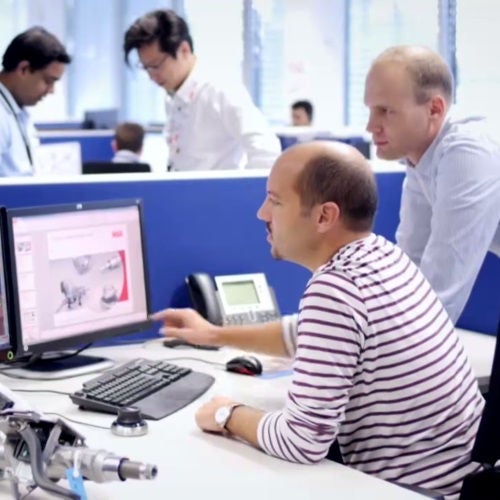
1990 - 1999
- Opening of the European Technology Centre (UK)
Development of high purity (EP) steel
Market introduction of half-toroidal continuously variable transmission (CVT)
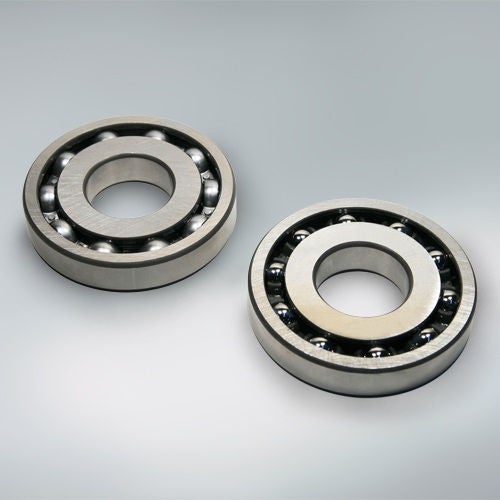
2010 – Today
- Expansion of Technical Centre in Germany
- Opening of Steering Test Centre in Germany
- Further expansion of European production facilities
- Development of
- integrated column type - EPS System
- ultra-long-life bearings for transmissions
- friction optimised bearings for high-efficiency motors
- hub unit bearings
- low-friction ball screws for cooperative regenerative braking systems (electric & hybrid cars)
- axle sensor bearings for rail vehicles
- the world’s smallest (thinnest) roller thrust needle bearing for automotive automatic transmission planetary gear mechanism
- the world’s lightest electric power steering system - EPS System
- the world's most compact EPS (Toyota IQ)
- the world's strongest EPS (Toyota Highlander)

Share